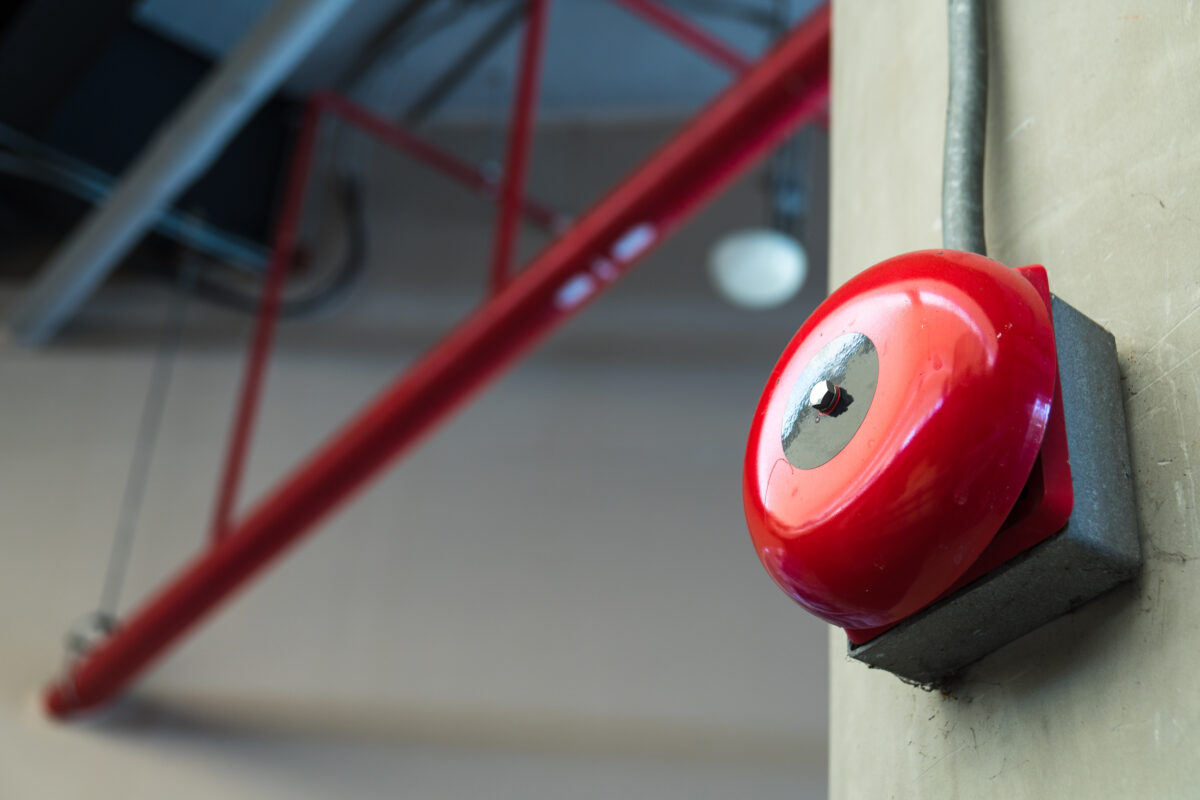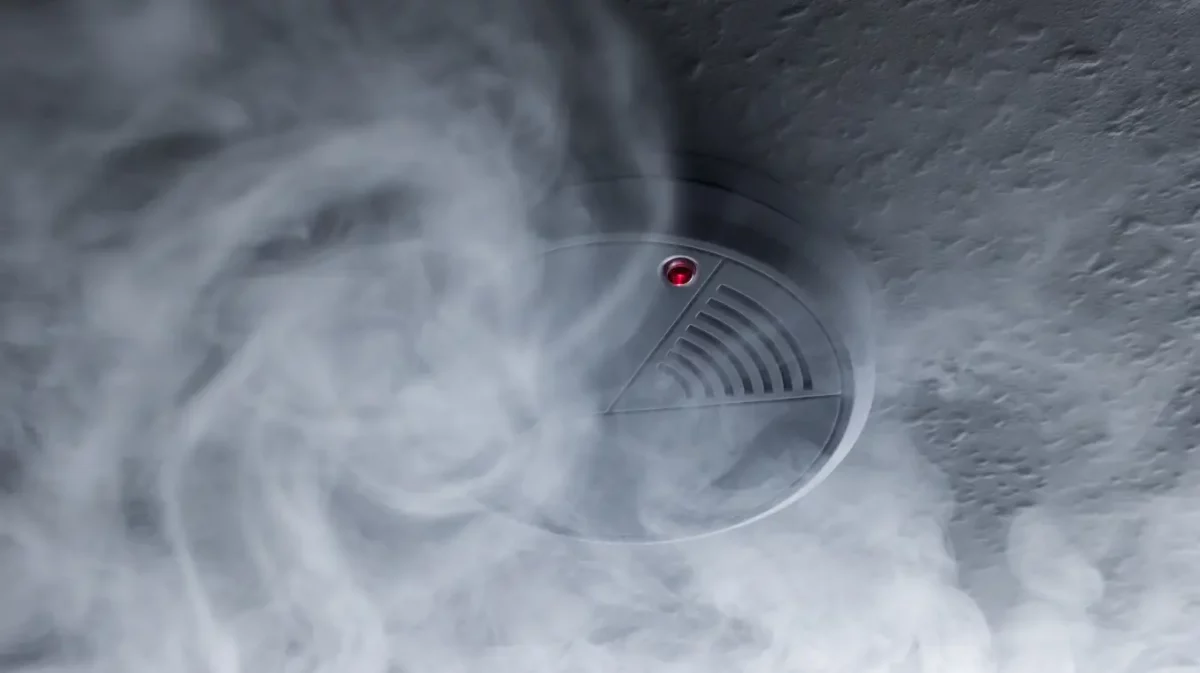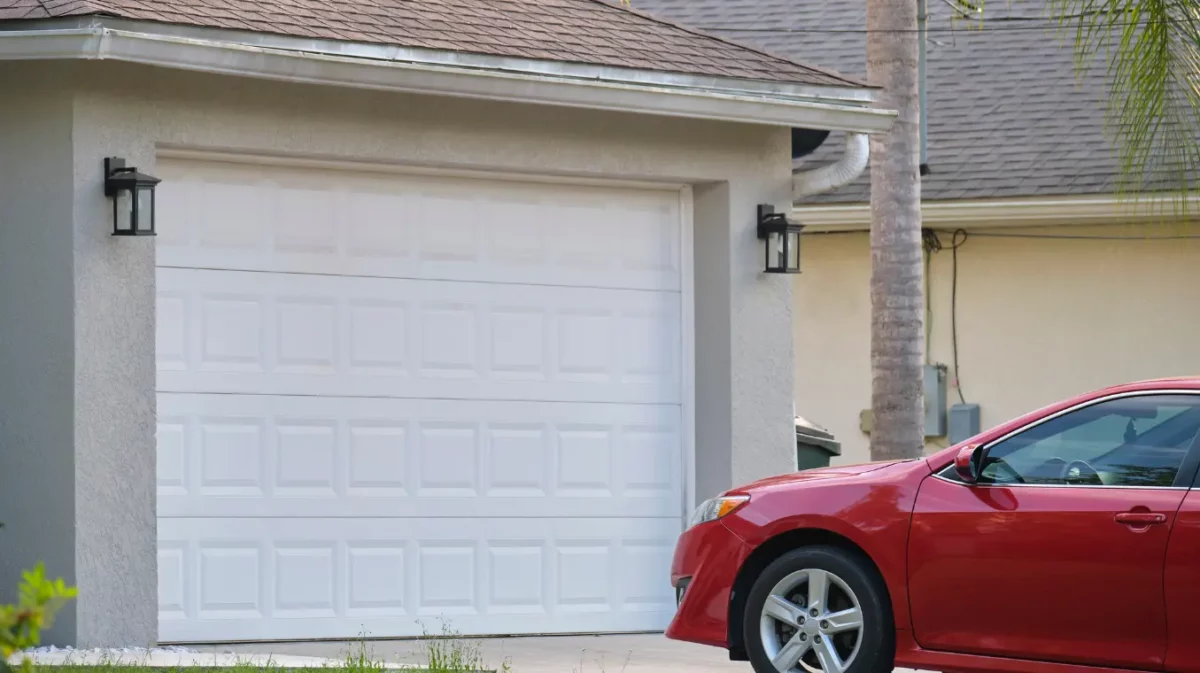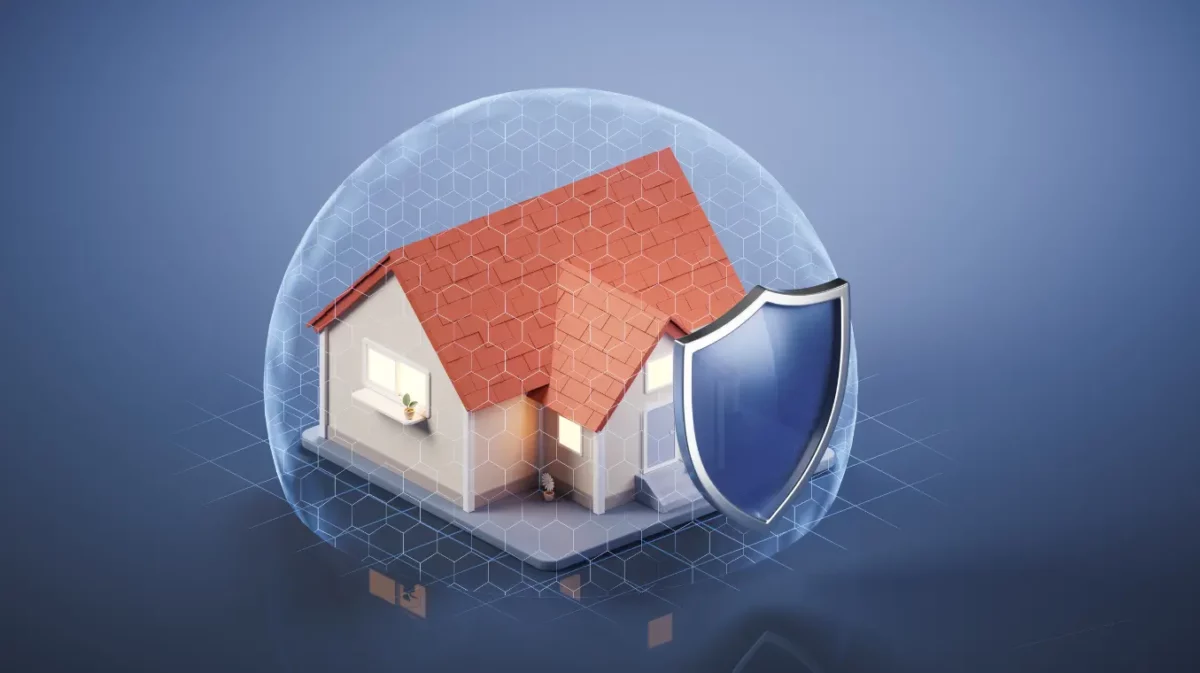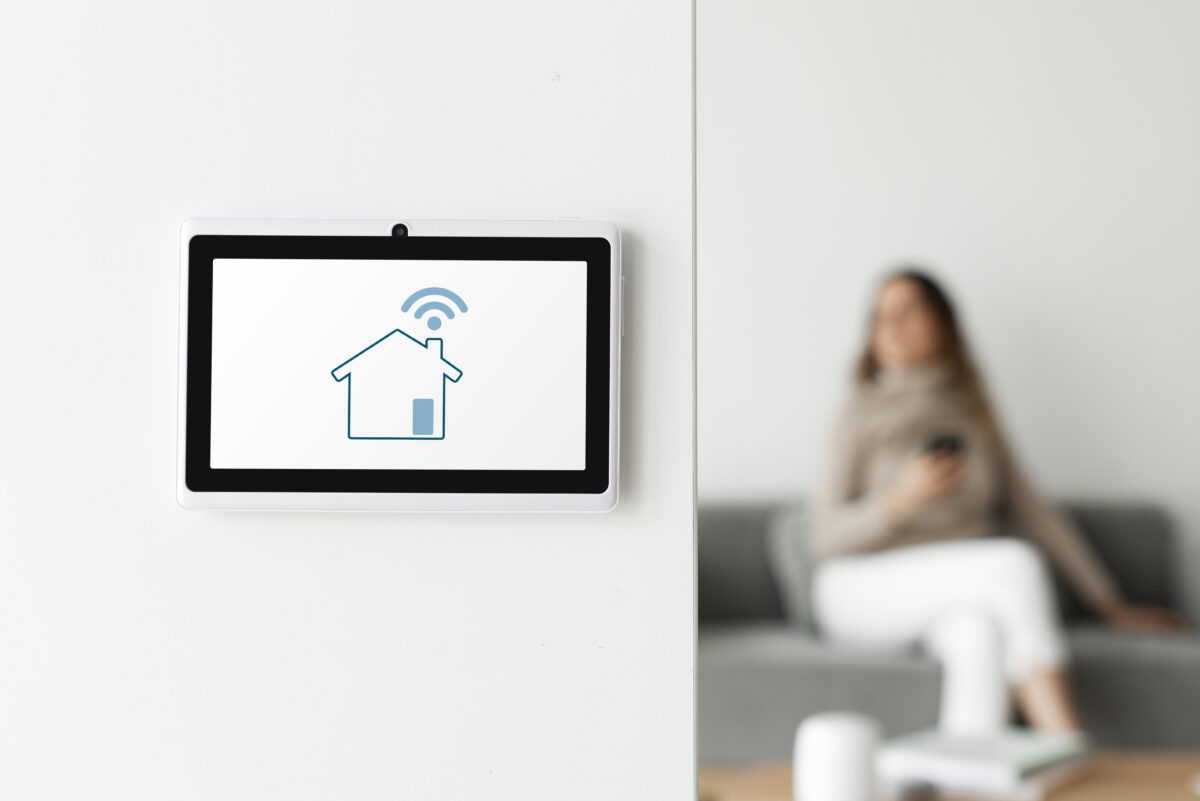Introduction
Home security systems are essential for the safety of your loved ones. But more important than a home security system is a reliable and accurate home security system that alerts you whenever anything suspicious happens. If your security alarms are giving you false alerts, we need to find solutions so that you can rely on the correctness of the alarms and take necessary action against any threat. There can be various reasons why a security system gives you false alarms.
As we say, prevention is better than cure. If you also have the problem of getting false alarms from your security systems, then you need to understand the reasons for such alerts so that you can take remedial action against them. The significant problems these false alarms cause are the waste of time and energy of you and the safety department, like law enforcement. In this blog, we will understand why such false alarms are triggered, know the methods of false alarm reduction and realise why the prevention of these false alerts is necessary.
What Causes Such False Alerts?
The first thing to prevent such false alarms is to know the cause of why these false alerts are being triggered. There can be multiple reasons for security devices to give false signals, and we will discuss all the major reasons for triggering false alarms.
Faulty Devices and Equipment
False security alarms can trigger if the equipment has faults or the components don’t function properly. This problem can occur if you purchase your home security solution from a company that does not emphasise providing the best security solutions to its customers, which causes such malfunction due to mishandling of products.
Poor Maintenance of Equipment
Another reason that can trigger these false alarms is the poor maintenance of filters, sensors and alarms. Tiny particles of dust accumulated on the sensors affect the functionality of security devices, which leads to false alarms.
Incorrect Installation Of Device
One of the major causes of false alarms is the company’s incorrect installation of your home security devices. Such installation fault is also common when you try to place the devices yourself. That’s why you need a professional who accurately installs your home and business security devices.
Human Error
Humans can also trigger alarms, which can lead to confusion if we don’t have proper training regarding the functioning of our security systems. This inadequate information about activating and deactivating the security systems is a significant cause of false security alarms.
Pets And Wildlife
The motion sensors in your security devices can get triggered if you have pets in your home or your property is in an area with small animals. These creatures are a significant cause of false alerts in most properties.
How To Prevent False Alarms?
Now that we have understood the causes of these false alarms, we can focus on remedies to reduce or eliminate the triggering of these false alerts. The best way to minimise the triggering of false alarms is to choose the best-in-class security solution provider and ensure professional installation through their trained employees.
Do Regular Maintenance
Ensure your security devices, including motion sensors and smoke detectors, are adequately maintained. Get the help of your expert security provider to support all the gadgets and do regular checks so that all these work efficiently.
Properly Secure Your Property
Lock all the doors and windows of your house before you activate your security gadgets, ensuring the alarms are not accidentally triggered and are genuine alerts.
All Occupants To Be Properly Trained
All house and business premises occupants need to be trained appropriately regarding the operation of security devices to know how such devices function and how to activate and deactivate them properly.
Keeping Batteries Fresh and New
Low batteries can also trigger false alarms as they affect the functioning of the devices. To keep the devices in mint condition and operate properly, keep the batteries fresh and always check the batteries and power supply for efficient functioning of security devices.
Keeping The Motion Sensor Area Clear
Motion sensors can get triggered and send false security alerts for inanimate objects like a ball rolling through the detectors. To reduce the confusion of false alarms, keep the area near motion sensors precise so that the only alerts you get are for a genuine threat.
Why Is Prevention Necessary?
False alarm reduction is necessary for your family’s safety and saves the time and energy of the authorities that respond to these false alarms. False alarms can also affect your judgment of the threat or suspicious activity, which can be dangerous for you and your loved ones.
Reducing Costs
The false alerts can put huge costs on you and the authorities that respond to your emergency. Preventing such false security alarms can significantly reduce costs for both parties.
Save Time And Energy
The responding authorities’ time and efforts are wasted on such false alarms, and these alerts can divert the authorities from an actual emergency where their help might be needed.
Sharpening Your Response Time
Preventing false alerts is necessary to shorten your response time to any threat or alarming activity. This way, you can save your loved ones in times of need.
Conclusion
We have covered all the areas of why these false alarms are triggered, how they can be reduced or eliminated, and their impact on your loved ones and society. Having a functional security system that operates efficiently is essential for your home and business safety, as multiple false alarms can reduce your reaction time towards a possible actual alert, which can be harmful to you.
That’s why you need an expert who installs all your home security devices precisely so you can cherish beautiful moments with your family and friends under trustworthy security systems. Trust Direct Protection Security with immaculate and professional installation of your home security devices so that all your home and business security needs are met with excellent care. Contact us now to install the top-notch home and business security devices, as we are California’s top security solution provider. Choosing us will be the best decision you can make for the safety of your loved ones.


